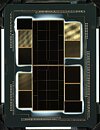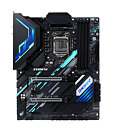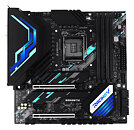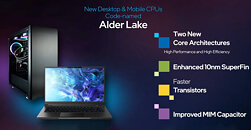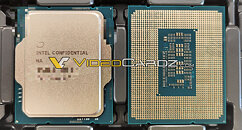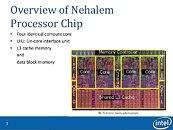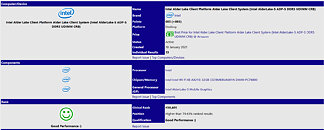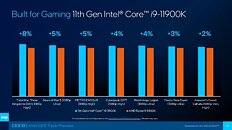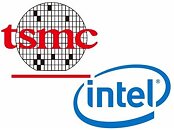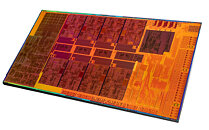
MSI Officially Launches its Intel 500 Series Motherboards for Rocket Lake-S Processors
At the beginning of 2021, MSI, a would-leading motherboards brand, had announed the latest Intel 500 series platforms will launch soon. Through few weeks of waiting, on January 27th, MSI Intel 500 series motherboards are officially launched.
As MSI official announcement mentioned, all of MSI 500 series motherboards with 11th Gen Intel Core processors support PCIe 4.0, and all of Z590 Wi-Fi motherboards have at least one 2.5G LAN and the latest Wi-Fi 6E solution which extends to 6 GHz spectrum providing remarkble user experience when streaming, gaming and even working from home.
As MSI official announcement mentioned, all of MSI 500 series motherboards with 11th Gen Intel Core processors support PCIe 4.0, and all of Z590 Wi-Fi motherboards have at least one 2.5G LAN and the latest Wi-Fi 6E solution which extends to 6 GHz spectrum providing remarkble user experience when streaming, gaming and even working from home.



